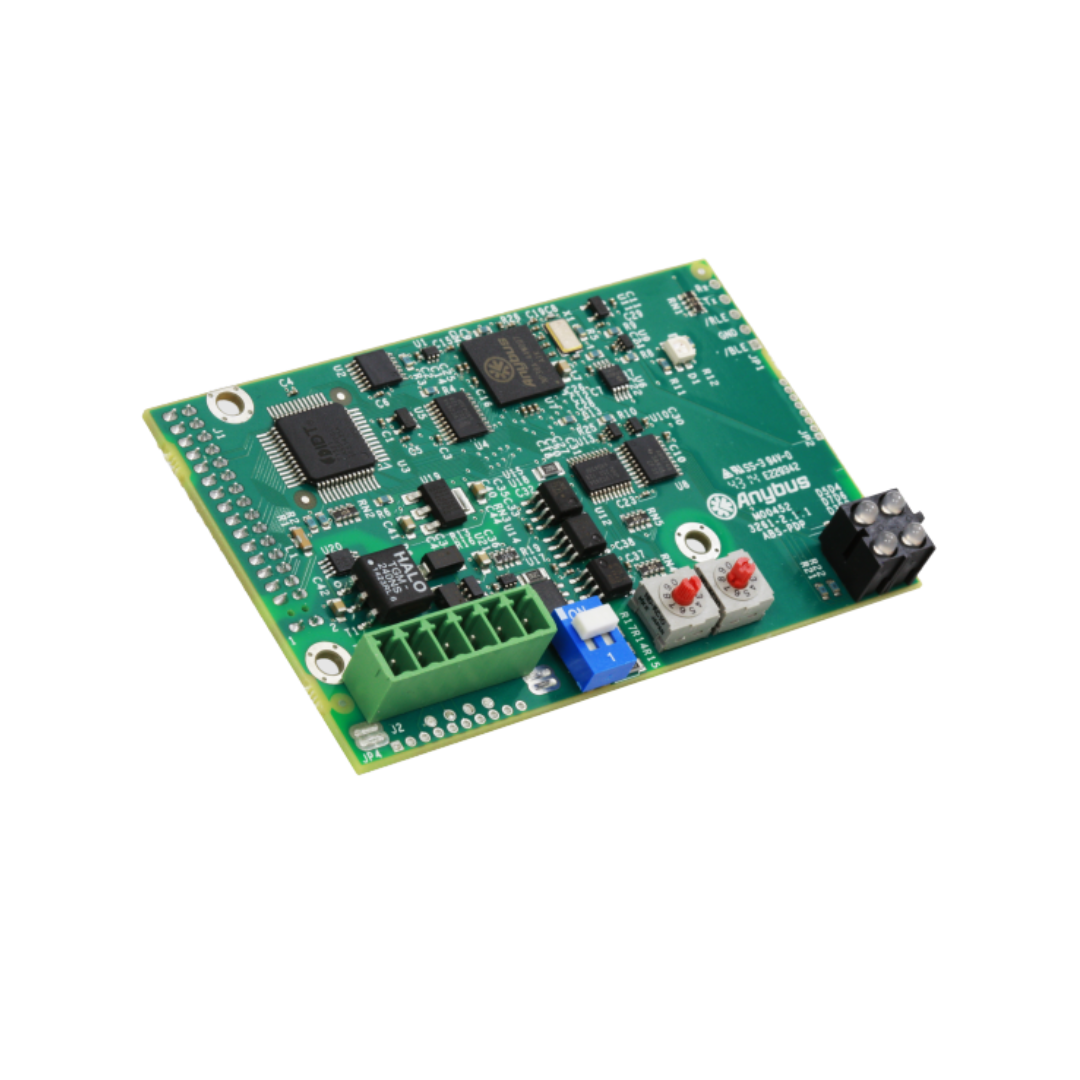Efficient workforce management is essential for organizations that rely on hourly or shift-based employees. Businesses across industries such as healthcare, long-term care, and senior living facilities often face challenges related to employee scheduling, time tracking, labor costs, and regulatory compliance. Without the right tools, these issues can result in overstaffing, missed shifts, payroll errors, and compliance risks.
This is where Smartlinx becomes a valuable solution. It offers a centralized workforce management platform that integrates scheduling, attendance, labor tracking, and reporting in real time. In this blog, we will explore how Smartlinx supports better decision-making, reduces manual work, and improves operational control.
Why Traditional Workforce Systems Fall Short
Most organizations still rely on disconnected tools and manual workflows to manage their workforce. For example, managers use spreadsheets to build schedules, punch clocks to record attendance, and separate software to process payroll. This siloed approach makes it difficult to keep data consistent and up to date.
Common issues include:
-
Scheduling conflicts or shift gaps
-
Excessive overtime costs
-
Inaccurate payroll due to timecard errors
-
Missed compliance reporting deadlines
-
Low employee engagement from lack of schedule transparency
These problems affect both day-to-day operations and long-term performance. Businesses need a system that not only automates these tasks but also provides insight and visibility across all workforce-related functions.
Key Features of Smartlinx Workforce Management
Smartlinx offers a suite of integrated tools designed to simplify complex labor processes. Each feature helps organizations control costs, improve compliance, and reduce manual input.
Dynamic Scheduling
Managers can create schedules based on employee availability, certifications, and labor needs. The system flags overlapping shifts and shows coverage gaps instantly.
Real-Time Attendance Tracking
Employees clock in and out using mobile apps or biometric devices. Data is updated live and fed directly into payroll and reporting systems.
Labor Cost Monitoring
Smartlinx provides dashboards to track hours worked, overtime, and labor costs by department or shift. Managers receive alerts when spending exceeds thresholds.
Payroll Integration
Smartlinx syncs with major payroll platforms, ensuring accurate transfer of hours and reducing errors. This helps HR teams save time and ensures employees are paid correctly.
Compliance Management
Built-in support for Payroll-Based Journal (PBJ) reporting and other labor regulations makes it easier to stay compliant. The system stores required documentation and tracks staff ratios automatically.
Smartlinx in Action With Real Business Outcomes
One long-term care provider implemented Smartlinx across its 10 facilities to address unplanned overtime and improve scheduling accuracy. Within 90 days, the organization saw a 21 percent drop in overtime spending and reduced labor costs by nearly $50,000.
In another case study, a senior living operator used Smartlinx to automate their PBJ submissions. Before Smartlinx, the team spent over 20 hours monthly preparing reports. After implementation, reporting time dropped to under four hours, and compliance accuracy improved significantly.
In the center of these results is Smartlinx. The system’s ability to bring together real-time data from scheduling, attendance, and payroll functions helped managers act faster and make informed decisions based on live labor metrics.
Streamlining Day-to-Day Operations
Smartlinx changes how teams manage their workforce by automating tasks that would otherwise take hours to complete. For instance, when an employee calls out, Smartlinx shows available staff who meet shift requirements and alerts the manager with possible replacements.
Instead of relying on paper timecards or manual schedule changes, Smartlinx updates everything in real time. When employees clock in, their hours are automatically counted toward payroll and compliance records. This level of automation helps teams avoid errors and delays.
Improving Employee Engagement and Transparency
Another benefit of Smartlinx is its employee-facing features. Staff can use the mobile app to view their schedule, request time off, and track hours worked. This gives employees greater visibility and control over their work.
When employees have easy access to this information, it reduces misunderstandings and time spent on back-and-forth communication with supervisors or HR. Increased transparency leads to improved job satisfaction and fewer attendance issues.
Quick Setup and Scalable Support
Smartlinx is built for fast deployment. Most organizations complete implementation in 30 to 60 days. The process includes training, onboarding, data integration, and system configuration.
Once in place, users have access to help guides, customer support, and regular system updates. The platform is scalable, meaning it works for both small facilities and multi-location enterprises. As the organization grows, Smartlinx grows with it without requiring major adjustments.
Industries That Gain the Most From Smartlinx
While Smartlinx can support many types of businesses, it’s especially effective in sectors where labor requirements and compliance are critical. These include:
-
Skilled nursing facilities
-
Long-term care and assisted living communities
-
Home health agencies
-
Rehabilitation centers
-
Behavioral health organizations
In these fields, even small scheduling or compliance errors can have serious financial or operational consequences. Smartlinx helps ensure that staff levels remain appropriate, regulations are met, and labor costs are kept under control.
How to Know If You Need Smartlinx
If you are unsure whether Smartlinx is right for your organization, ask the following questions:
-
Are your managers spending hours building or adjusting schedules manually?
-
Are overtime costs increasing with no clear explanation?
-
Do compliance reports take days to compile and submit?
-
Are payroll errors creating extra work for HR?
-
Do employees lack mobile access to their schedules or hours?
If you answered yes to two or more of these, Smartlinx could offer immediate improvements in efficiency, accuracy, and employee engagement.
Conclusion
Smartlinx provides a powerful workforce management solution designed to meet the daily operational needs of organizations with complex scheduling and compliance requirements. By uniting scheduling, time tracking, payroll integration, and reporting into one platform, Smartlinx helps companies reduce labor costs, improve compliance accuracy, and increase employee satisfaction.
Backed by real results and case studies, Smartlinx continues to prove its value to healthcare and care-related industries. For any organization looking to move beyond manual processes and gain full visibility into their workforce operations, Smartlinx delivers the tools and support to make smarter labor decisions.



